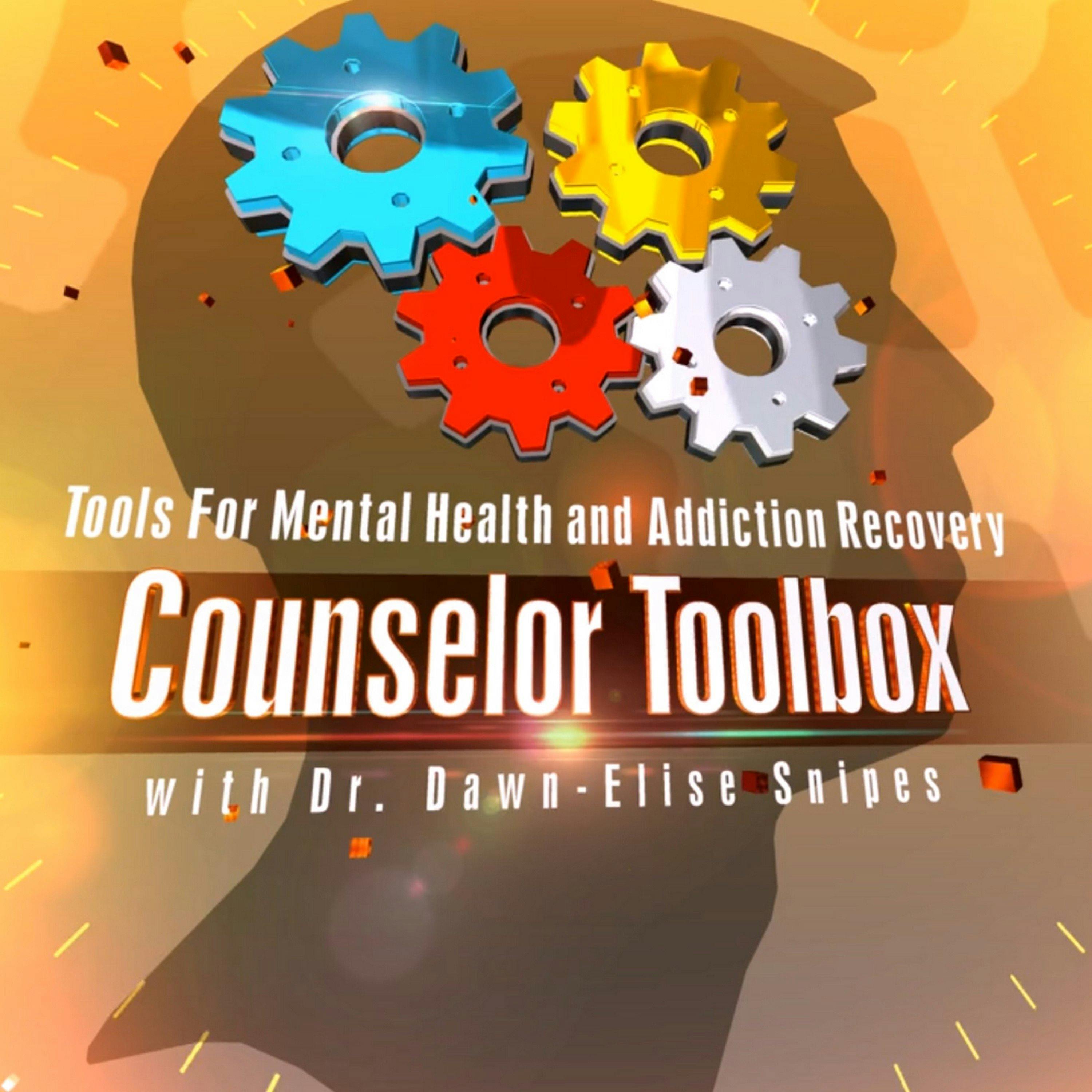Conquering Abandonment Fears_ Expert Tips
Description
Introduction
Understanding Abandonment and Connection
Human Need for Connection:
Oxytocin drives our need for connection from infancy.
Early dependency on caregivers forms the foundation for future relationship expectations.
Development of Abandonment Fears:
Schemas: Cognitive frameworks developed based on past experiences, influencing how we perceive and react to abandonment.
Beliefs: Early interactions, especially inconsistent caregiving, shape beliefs about others' reliability and our own worth.
Impact of Insecure Attachment
Attachment in Childhood:
Secure attachments provide a buffer against stress and help in developing healthy self-concepts.
Insecure attachments result from neglect, inconsistent caregiving, or trauma, leading to chronic feelings of unsafety and disempowerment.
Behavioral Responses to Abandonment:
Fight or Flight: Children with insecure attachment often remain in a heightened state of anxiety, which continues into adulthood.
Emotional Regulation: Insecurely attached individuals struggle with regulating emotions and often view every stressor as a crisis.
Exploring Abandonment Schemas
Triggers and Reactions:
Common Triggers: Inconsistent caregiving, trauma, introduction of unsafe caregivers, and conditions of worth (e.g., love based on performance).
Emotional Responses: Anger, sadness, shame, and fear of rejection or loss of control.
Questions for Reflection:
Consider what caused abandonment fears in childhood and how these fears manifest in adulthood.
Reflect on whether current reactions are helpful or whether they stem from outdated survival mechanisms.
Addressing and Reprogramming Abandonment Fears
Acknowledging Past Experiences:
Acceptance of past trauma and its impact on current behavior is crucial.
Recognize that past experiences do not have to dictate present and future relationships.
Practical Strategies:
Conscious Decision-Making: Help clients make healthier choices in relationships by understanding their abandonment triggers.
Building Secure Attachments: Develop skills to foster secure relationships, both with oneself and with others.
Attachment Styles and Their Effects
Avoidant Attachment:
Results from harsh or rejecting caregivers, leading to emotional distance and lack of trust in others.
Anxious Attachment:
Stems from inconsistent caregiving, causing fear of being alone and hypervigilance toward potential abandonment.
Ambivalent Attachment:
Characterized by chaotic caregiving, resulting in clinginess and difficulty finding security in relationships.
Creating Secure Attachments
Role of Caregivers:
Consistency, attentiveness, responsiveness, and empathy are key to fostering secure attachments.
CARES Model: Encourages caregivers to be Consistent, Attentive, Responsive, Empathetic, and Supportive.
Self-Care and Self-Compassion:
Learning to provide oneself with the same secure base that a caregiver would offer is essential for emotional resilience.
Challenging Core Abandonment Beliefs
Common Beliefs:
Beliefs such as "all people leave," "I am unlovable," and "I cannot succeed" often underlie abandonment fears.
Reframing Beliefs:
Encourage clients to explore alternate explanations for past rejections and failures and to differentiate past experiences from present realities.
Conclusion
Chapters:
00:00:00 - Introduction: Love Me Don't Leave Me: Addressing Fears of Abandonment
00:07:37 - Fears of Abandonment and Attachment Styles
00:15:38 - Addressing Abandonment Fears
00:23:43 - Attachment Styles and Abandonment Reactions
00:31:42 - Coping with Fear of Abandonment and Maladaptive Behaviors
00:39:36 - Trustworthiness and Safety
00:47:36 - Accepting Yourself and Others
00:55:47 - Triggers and coping with abandonment fears in relationships
01:04:17 - Crying in front of kids
01:12:47 - Farewell for Now
Learn more about your ad choices. Visit megaphone.fm/adchoices
More Episodes
Learn more about your ad choices. Visit megaphone.fm/adchoices
Published 11/21/24
Published 11/21/24
Introduction
Presenter: Dr. Dawn-Elise Snipes discusses helping families navigate life transitions using the Flower Empower Model.
The focus is on understanding how various transitions impact both individuals and families, emphasizing the importance of supportive partnerships between...
Published 11/19/24


